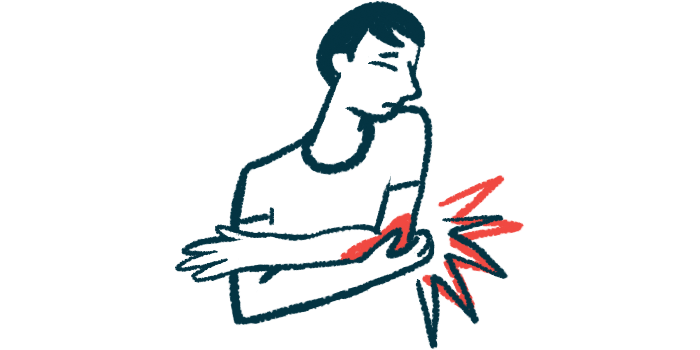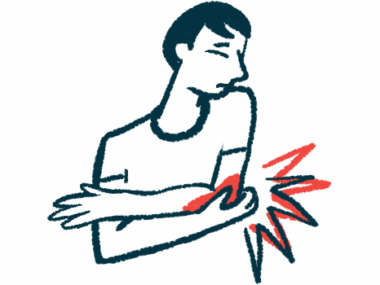Itch is common in RDEB; available treatments don’t help much
In study of 50 people with RDEB, 93% said they dealt with itchy skin
Written by |

Itch is a common symptom with recessive dystrophic epidermolysis bullosa (RDEB) and available treatments are generally inadequate for managing it.
That’s according to “Itch in recessive dystrophic epidermolysis bullosa: findings of PEBLES, a prospective register study,” published in the Orphanet Journal of Rare Diseases.
“The data presented here are the largest to date looking specifically at itch in different subtypes of EB,” the researchers wrote, adding the data “may serve as comparator control data for future clinical trials where the rarity of RDEB makes adequate powering of studies with placebo controls challenging.”
Itch is a common symptom in all types of epidermolysis bullosa (EB). RDEB is a specific form caused by mutations in COL7A1, which provides instructions for making type VII collagen, a structural protein.
The impact of itch in RDEB
Here, scientists analyzed how itch affects people with RDEB. The work was part of the Prospective Epidermolysis Bullosa Longitudinal Evaluation Study (PEBLES), a larger effort to understand the effects of EB. It included data on 50 people with RDEB — from children as young as 8 to adults older than 40. Slightly more than half identified as female, and about three-quarters identified as white.
Among them, 20 had severe RDEB, marked by pronounced blistering and chronic wounds. Another 18 had intermediate RDEB, with less pronounced skin fragility and scarring. Nine patients had inversa RDEB, where the disease mainly affects places where the skin bends, such as at the joints, as well as mucosa. Three patients had pruriginosa RDEB, a rare subtype which features distinctive skin plaques and extreme itchiness.
Over seven years, the patients completed 243 assessments of itch, with a median of five assessments per patient. Itch was assessed using the Leuven Itch Scale (LIS) and was reported in 93% of the assessments. Only two participants reported no notable itching.
“Itch severity and distress were high across all RDEB groups,” the researchers wrote.
Itch was generally more frequent and severe with severe or pruriginosa RDEB, compared to the intermediate or inversa subtypes. These patients also tended to rate itching as more distressing than those with other subtypes.
Most reported that itching was most problematic at night and many said it tended to worsen when they were stressed or in a hot environment.
Those with more frequent or severe itching tended to report poorer scores on measures of life quality for all subgroups except the patients with severe RDEB. For those patients, other health problems may be so impactful that itch seems inconsequential in comparison, the researchers suggested.
Some patients said they used therapies to help the itch, from moisturizers to antihistamines. These varied, however, and patient satisfaction was generally modest.
“As itch is one of the biggest problems and top priorities for EB patients and caregivers, this suggests that effective itch treatment remains a significant unmet need in EB,” wrote the researchers, who said some early clinical trials are beginning to explore new treatments for itch in EB.






